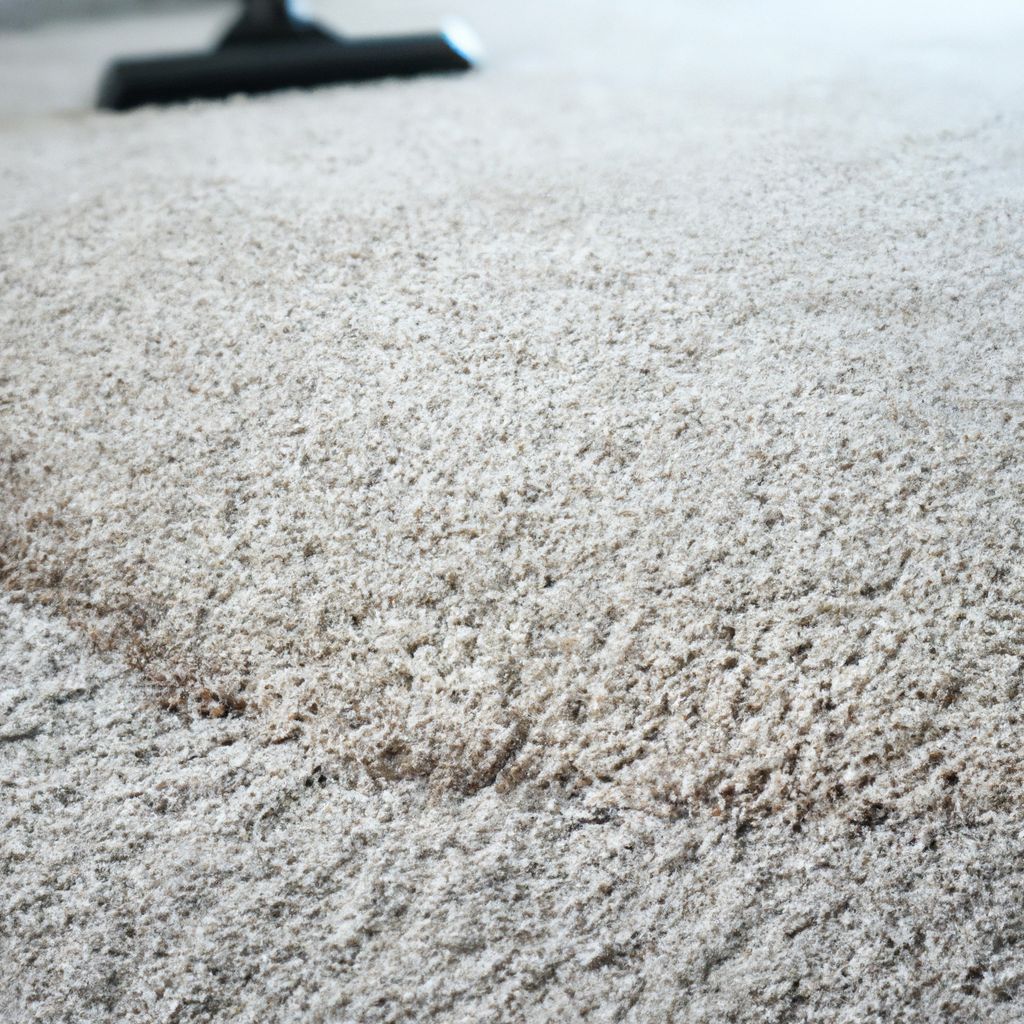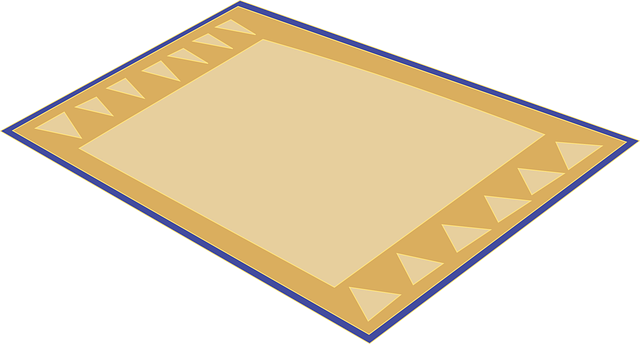Is Your Carpet Safe for Crawling Babies? Cleaning Tips for Parents
If only your little beetle bug would stay still for a moment… But it is not to be, so get the idea out of your head. Once your baby embarks on an around-the-house expedition that would shame Magellan and Drake, there is no stopping their adventurous zest. So, the only thing left is to make their crawling ground as safe as possible.
This article guides you through common contaminants in your carpet, practical cleaning tips, and safe products to ensure a healthy space for your child. Additionally, it explores professional cleaning options and considers alternative flooring solutions that prioritise safety and comfort.

The Importance of a Clean Carpet for Crawling Babies
Keeping your carpet clean is important for creating a safe home environment, especially with little ones crawling around and exploring every nook and cranny. A tidy carpet helps protect your children from harmful allergens, bacteria, and toxins lurking in dirty carpets while boosting their overall health.
Regular carpet care improves indoor air quality, keeping dust mites and pet dander at bay, which is especially crucial for sensitive children. By prioritising carpet cleanliness, you are setting up a healthier space for your little ones to grow and thrive.
Health Risks of Dirty Carpets
Dirty carpets can be a hidden health hazard, especially for crawling babies and their developing immune systems.
When your little ones explore their surroundings by crawling or lying on the floor, they might unknowingly come into contact with some pretty sneaky dangers like bacteria and allergens. For example, unclean carpets can collect dust mites—those tiny critters that love to hang about in old carpet fibres. This can trigger asthma and allergy symptoms in sensitive children.
Moreover, if the carpets are damp, mould can grow, releasing spores that can cause respiratory issues. All these factors create an environment that might impact your child’s overall health, increasing the chances of respiratory infections or other illnesses.
Keeping those carpets clean is essential for protecting your little explorers as they play and discover their world.
Common Contaminants in Carpets
You might not realise it, but carpets can gather all sorts of common contaminants that can impact indoor air quality and your family’s health, especially if you have young children.
Think about it: pet dander, dust mites, and even toxic chemicals from cleaning products and spills can find a cosy home in your carpets. Not only do these nasties contribute to unpleasant odours, but they can also harbour bacteria that could be a real health risk for your family.
Potential Harmful Substances
You might not realise it, but your carpets could hide potentially harmful substances. The toxins from cleaning products can be especially concerning for babies who spend much time crawling around on those surfaces.
Many of these cleaning agents contain harsh chemicals like phthalates, volatile organic compounds (VOCs), and formaldehyde, which can easily seep into carpet fibres. These substances pose health risks to young children and can increase allergens in your home. Allergens like dust mites and pet dander tend to settle in carpets, which can exacerbate respiratory issues and allergies, especially for sensitive people.
Homeowners need to be aware of these potential hazards. Considering safer alternatives when choosing cleaning products can help create a healthier living space.

How to Keep Your Carpet Clean
Keeping your carpet clean requires consistent effort. You should use effective cleaning tips and routines that suit your home environment, especially with little ones crawling about.
Preventive Measures and Cleaning Tips
Implementing preventive measures can really reduce the need for serious cleaning, keeping your carpet safe and hygienic for your crawling little ones.
Establishing a regular cleaning routine, such as vacuuming several times a week, can help minimise the chances of dirt and allergens settling into the fibres. Using area rugs in high-traffic areas acts as a barrier, soaking up much of the dirt before it even reaches the carpet underneath.
If spills occur, it’s crucial to act quickly—blotting instead of rubbing helps lift stains without making matters worse. Selecting carpets with high absorbency can make managing those little accidents a breeze, keeping your space clean and inviting for your curious explorers.
Choosing Safe Cleaning Products
Choosing safe cleaning products is crucial for keeping your carpet clean and ensuring your little ones and family remain safe and healthy.
What to Look for and What to Avoid
Knowing what to look for and what to avoid when selecting cleaning products is extremely important for keeping children healthy and safe.
Choosing non-toxic cleaners can truly transform your home environment. These products typically don’t contain harsh chemicals that can trigger respiratory issues or allergic reactions, making them much safer for children who are more sensitive to these matters.
By opting for eco-friendly alternatives, you can create a home that promotes health instead of risking exposure to harmful substances. Remember, even surface cleaners can leave behind residues, which can unintentionally be ingested or absorbed through the skin during playtime or daily activities.
Keeping your children healthy begins with making informed choices, ensuring that each cleaning session enhances your family’s safety rather than compromising it.
Professional Carpet Cleaning
Consider professional carpet cleaning a fantastic option for keeping your space clean and well-maintained. This is especially important when you have crawling babies around, as it ensures a safe environment for them to explore.
Benefits and Considerations
The benefits of professional carpet cleaning go far beyond making your carpets look good; they also significantly contribute to keeping your home safe for your family.
When you choose professional services, you can seriously reduce health hazards such as dust mites, mould, and allergens that thrive in those deep, uncleaned fibres. Unlike DIY methods that might leave behind stubborn residues, professionals come equipped with advanced tools and cleaning solutions that effectively tackle these contaminants, creating a healthier environment for you and your loved ones.
These expert cleaners follow systematic routines tailored to your carpet’s needs, ensuring they do a more thorough job than standard home cleaning methods. This attention to detail brightens up your carpets and helps them last longer, making them more durable and resistant to wear over time.
Alternative Flooring Options for Babies
When considering flooring options for babies, consider alternatives to traditional carpets. Plenty of alternatives can provide better safety and comfort for your little ones as they crawl around.
Comparing Different Types of Flooring
When you compare different types of flooring, it’s extremely important to find the best fit for your home, especially if you have little ones crawling around.
There are various flooring options available, and each one has its own set of pros and cons, particularly regarding safety and comfort. Soft surfaces like carpets are excellent because they provide a cushioned landing, a real lifesaver for your active toddlers, helping prevent injuries from slips and falls. You can choose from several types of carpets, such as plush, Berber, and frieze, each offering unique textures and levels of comfort.
On the other hand, hard surfaces like tiles and hardwood look stylish and are easy to clean, but they can be slippery, especially when wet, which is something to keep in mind. So, you’ll want to balance the aesthetic appeal with practical concerns, ensuring your choices create a safe, child-friendly environment.




